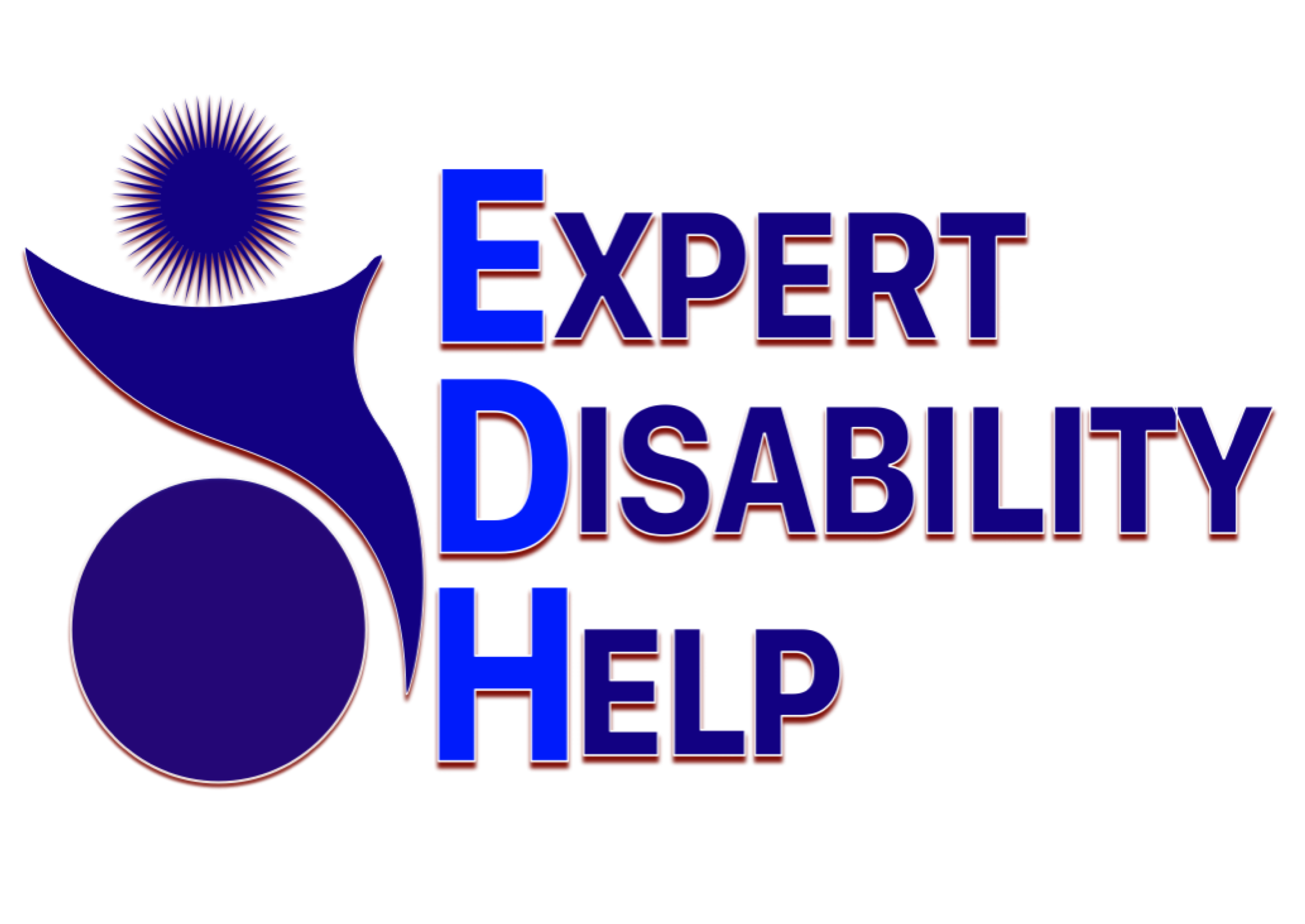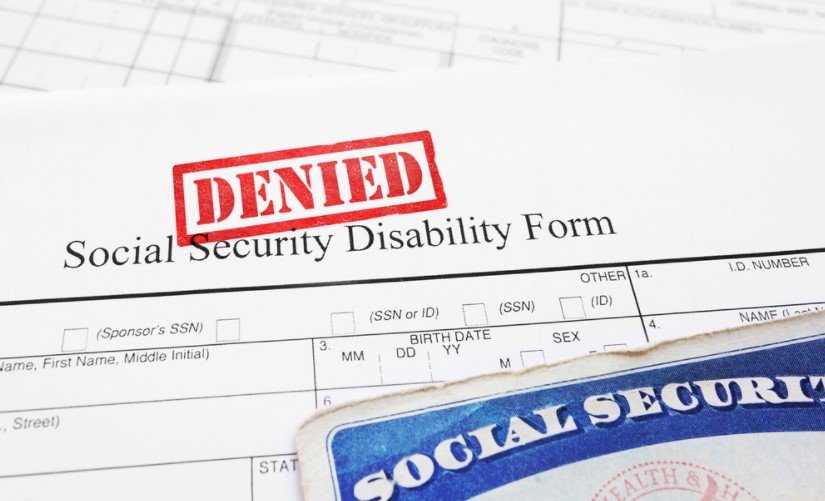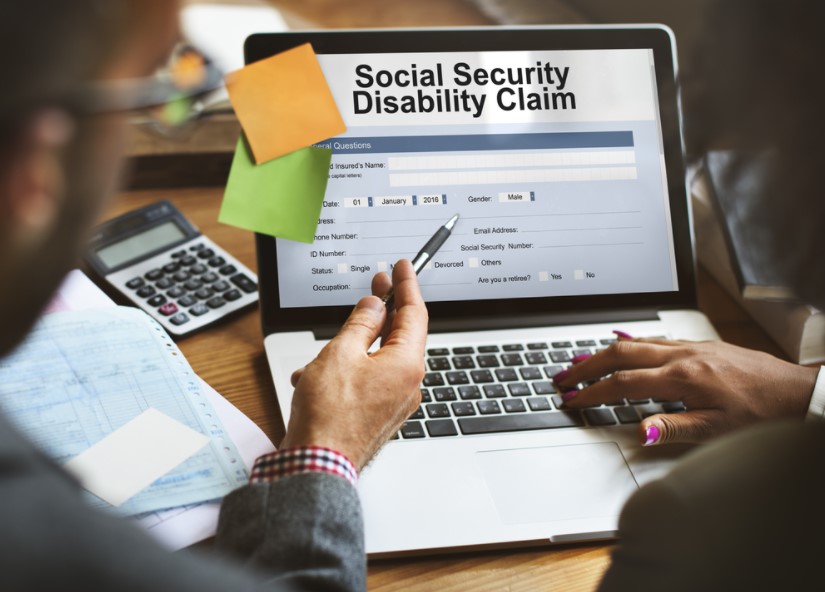The COVID-19 Pandemic is into its second year. However, it is only now that the pandemic’s lasting health burden on people, society, and the economy is being felt. In mid to late 2020, post-COVID-19 survivors began applying for Workers’ Compensation, and then long-term disability, when symptoms of COVID-19 did not go away. Thus, unofficially, the name long-haulers was given to a group of persons who had a condition referred to as Long-COVID.
Long-Haulers are persons who continued to exhibit symptoms for 90 days or more after COVID-19 symptomatology was expected to have resolved. After three months, the unresolved symptoms were considered chronic. Some of the symptoms described were problematic but not considered to be serious.
Troubling Symptoms
Mild COVID-19 symptoms included fatigue (most frequent complaint), fever, generalized malaise, cough, upper respiratory symptoms, and less familiar features of COVID-19, in the absence of shortness of breath. Many people with mild symptoms did not need hospitalization and stayed home as hospitals were overwhelmed. Therefore, mild COVID-19 patients generally do not have objective symptoms.
Moderate COVID-19 is characterized by the above symptoms but includes shortness of breath (SOB). It is possible, there will be objective evidence on X-ray and may require hospitalization. However, oxygen levels generally remain above 94% and do not require hospitalization.
A new Name For COVID Symptoms
In February of 2021, the National Institute of Health gave the above symptoms a formal name: post-acute sequelae of SARS-CoV2 infection (PASC). Finally, a formal name to describe the multitude of complaints related by COVID survivors. Having a name was helpful for persons who were questioned and often ostracized by spouses, family members, friends, employers, and even their doctors. The continuation of symptoms was hard to accept.
Long-haulers continued to display mild to moderate symptoms that made it hard to perform simple tasks months after the initial COVID-19 infection. The symptoms described included residual chronic cough, debilitating fatigue, intermittent fevers, prolonged loss of taste (ageusia) or smell (anosmia), “brain fog” (a common complaint), memory loss, and new-onset chronic joint pain.
Growing Numbers
The growing number of persons who described the aftereffects of COVID had nowhere to turn. They were unable to be tested early on because they did not meet the strict criteria even after seeking treatment. Many people were advised to stay home if they didn’t meet specific criteria and were told to tough it out, so they were never treated during the peak of the pandemic.
Some surveys, not peer-reviewed, found that 40% or more were persons in the age group between the ages of 30-49, more than half had never been hospitalized before, and 59% had never been tested. Thus, initially, tests were very hard to obtain, and it was necessary to meet specific criteria.
Many long-haulers were assumed to have had COVID-19, but there was no definitive proof, making it challenging when trying to prove disability. An interesting finding, many of the long-haulers were considered healthy before contracting COVID-19. An interesting result is that some long-haulers persistently test positive by the nasal PCR tests, limiting the ability to return to work.
New Post-COVID-19 Clinics To The Rescue
Fortunately, around June of 2020, outpatient clinics began to spring up around the United States to address the growing number of people who appeared to be marginalized in mainstream medical care. The marginalization included even post-COVID hospitalized patients. There was finally somewhere to go to receive guidance and coordinated care. In addition, there was access to doctors who were sympathetic to providing care and treatment.
Employers And Disability Providers
Employers and providers of disability insurance are experiencing only a fraction of what is coming. It’s been just longer than a year since our nation was shut down due to the overwhelming Pandemic. Long-haulers who have residual symptoms from COVID-19 now realize that they can’t return to work. The resulting illness is causing impairments that prevent them from being substantially and gainfully employed.
Who Qualifies For COVID Relief
Many long-haulers’ contracted COVID-19, arising out of and in the course of their employment (AOE/COE). They were working one day and bedridden the next. The precise nature of their jobs puts them at higher risk of exposure than the general public (healthcare workers, first responders, law enforcement, bus drivers, food service providers, grocery store employees, etc.).
How to Prepare
Many long-haulers are applying for disability benefits. Delays and difficulties need to be addressed early on. Millions of people apply for disability per year. COVID-19 caused delays in an already backlogged disability system. The Social Security Administration (SSA) has a first-time applicant denial rate of 70%. The criteria for being approved for Social Security benefits is rigorous. Long-term disability providers often require disability applicants to file for SSA benefits. Knowledge is the key to winning your disability benefits.
What To Do To Win
You must seek medical treatment if you are considered a long hauler (formal name: post-acute sequelae of SARS-CoV-2). Many post-COVID survivors are first-time patients. They don’t have the usual medical records other than for routine medical care. The world of sickness is foreign. Therefore, it is essential to do your part in assisting in reporting and documenting your symptoms.
What kind of Medical Documentation Is Required?
Documentation is the key to winning your claim. You are required to obtain medical records, which include medical evidence documented by your treatment providers. Your doctor should be a doctor who believes that post COVID syndrome exists. If you do not have a personal doctor, it is wise to receive treatment at an outpatient clinic specializing in treating post-COVID symptoms. That is your very best chance to win your claim.
Description of Symptoms
The residual symptoms for COVID-19 need to be documented in full detail and provide a complete description of how your impairments (why you cannot work) affect your ability to be substantially gainfully employed. In addition, you have to tell your doctor, and other treatment sources at each office visit how much your symptoms impact your ability to work, including pain levels, ability to sit, stand, walk or carry.
Less Than Sedentary Can Help Your Claim
The symptoms described by many long-haulers would indicate that the ability to function is less than sedentary (an SSA requirement). What is less than sedentary? The ability to lift or carry is less than 10 pounds, the ability to walk or stand is less than 2 hours, and the ability to sit is less than 2 hours.
Conclusion
There is still much to be learned about the potential long-term effects of COVID-19. There are significant social, financial, and psychological consequences of continuing to demonstrate post-COVID symptoms.
Many post COVID complaints are similar to patients experiencing Myalgic Encephalomyelitis/Chronic Fatigue Syndrome (ME/CFS). In addition, asymptomatic infections have been well documented.
Take Away
Getting disability benefits for post sequelae SARS-CoV-2 is not going to be easy. Qualifying will require careful and consistent documentation by your treatment providers.
The documentation will need to list your symptoms and, in addition, how your symptoms impair your ability to be employed. If your documented symptoms support less than sedentary activity, you should receive approval for disability.











